Project management professionals have the Project Management Body of Knowledge (PMBOK) maintained by the Project Management Institute (PMI) in support of the certification of Project Management Professionals (PMP) to guide their efforts. Change management professionals meanwhile have The Association of Change Management Professionals (ACMP) Standard for Change Management, also referred to as ACMP’s Standard.
The main components of the standard according to the ACMP brochure include:
- Evaluating Change Impact and Organizational Readiness
- Reviews the overall change and how it will impact the organization
- Establishes whether the organization is ready and able to handle the proposed change
- Formulating Change Management Strategy
- Develops the approach for moving an organization from current state to desired future state in order to achieve specific organizational outcomes
- Developing Change Management Plans
- Documents the scope, actions, timelines and resources needed to deliver the change
- Executing Change Management Plans
- Addresses the implementation processes for performing the change activities by monitoring, measuring, and controlling delivery against baseline plans
- Closing the Change Management Effort
- Documents the actions and resources needed to close the change once the Change Management Strategy is achieved and activities are deemed sustainable and maintainable
But managing change is extremely complicated and there is much more involved in doing it well than can be achieved just looking at these five high level phases, so there is a lot more detail contained in ACMP’s Standard, highlighted for you below:
5.1 Evaluate Change Impact and Organizational Readiness
— 5.1.1 Define the Change
— 5.1.2 Determine Why the Change is Required
— 5.1.3 Develop a Clear Vision of the Future State
— 5.1.4 Identify Goals, Objectives, and Success Criteria
— 5.1.5 Identify Sponsors Accountable for the Change
— 5.1.6 Identify Stakeholders Affected by the Change
— 5.1.7 Assess the Change Impact
— 5.1.8 Assess Alignment of the Change with Organizational Strategic Objectives and Performance Measurement
— 5.1.9 Assess External Factors that may Affect Organizational Change
— 5.1.10 Assess Organization Culture(s) Related to the Change
— 5.1.11 Assess Organizational Capacity for Change
— 5.1.12 Assess Organizational Readiness for Change
— 5.1.13 Assess Communication Needs, Communication Channels, and Ability to Deliver Key Messages
— 5.1.14 Assess Learning Capabilities
— 5.1.15 Conduct Change Risks Assessment
5.2 Formulate the Change Management Strategy
— 5.2.1 Develop the Communication Strategy
— 5.2.2 Develop the Sponsorship Strategy
— 5.2.3 Stakeholder Engagement Strategy
— 5.2.4 Develop the Change Impact and Readiness Strategy
— 5.2.5 Develop the Learning and Development Strategy
— 5.2.6 Develop the Measurement and Benefit Realization Strategy
— 5.2.7 Develop the Sustainability Strategy
5.3 Develop the Change Management Plan
— 5.3.1 Develop a Comprehensive Change Management Plan
— 5.3.2 Integrate Change Management and Project Management Plans
— 5.3.3 Review and Approve the Change Plan in Collaboration with Project Leadership
— 5.3.4 Develop Feedback Mechanisms to Monitor Performance to Plan
5.4 Execute the Change Management Plan
— 5.4.1 Execute, Manage, and Monitor Implementation of the Change Management Plan
— 5.4.2 Modify the Change Management Plan as Required
5.5 Complete the Change Management Effort
— 5.5.1 Evaluate the Outcome Against the Objectives
— 5.5.2 Design and Conduct Lessons Learned Evaluation and Provide Results to Establish Internal Best Practices
— 5.5.3 Gain Approval for Completion, Transfer of Ownership, and Release of Resources
Obviously there is a lot more value in looking at this more complete view of the content of ACMP’s Standard than in looking at the five components of the standard. A number of different people provided input into ACMP’s Standard and so there is a lot of good information in it, and I’d encourage you to download it and check it out. For my part, I’ve been all the way through it as part of the research for my new book Charting Change, in part because I wanted to ensure that my new book and the accompanying Human-Centered Change methodology are consistent with ACMP’s Standard so that practicing change management professionals can pick up my Change Planning Toolkit™ and begin using it right away to simplify their change planning process and increase their rate of successful change adoption.
But the ACMP’s Standard for Change Management, because of its breadth, can be difficult for people to digest and easily access quickly and so to help with that challenge I have created a visualization of the standard (pictured above) as a scalable 11”x17” free download for people to download and share with others or post on their cubicle or office wall for easy reference, with a free 35”x56” poster size version available now too! The visualization will help you see at a glance how the main components and all of their sub-components inter-relate and come together to create a comprehensive approach to change management. I hope you download and enjoy the ACMP Standard for Change Management visualization, share it freely with your friends and colleagues, and get added value from the other free downloads from the Change Planning Toolkit™!
 Now you can buy the Change Planning Toolkit™ – Individual Bronze License here on this web site now that the book has launched.
Now you can buy the Change Planning Toolkit™ – Individual Bronze License here on this web site now that the book has launched.
One good place to get it printed at the 35″x56″ size to put up on your wall for your cross-functional project charter collaborative meeting is PosterPrintHouse.com for about $50.00 plus or minus depending on any specials they might be running.
The ACMP Standard for Change Management®:
- Outlines generally accepted practices, processes, tasks and activities used by change management practitioners across multiple roles, organizations and industries.
- Provides a clear and consistent vocabulary of essential change management terminology and offers guidance for organizational change mgmt. for any type of change.
- Supports organization decision making regarding change management resources.
So grab the 35″x56″ poster size free download and get yourself a copy of the book:
Keep innovating and making positive change!

![]() Sign up here to get Human-Centered Change & Innovation Weekly delivered to your inbox every week.
Sign up here to get Human-Centered Change & Innovation Weekly delivered to your inbox every week.
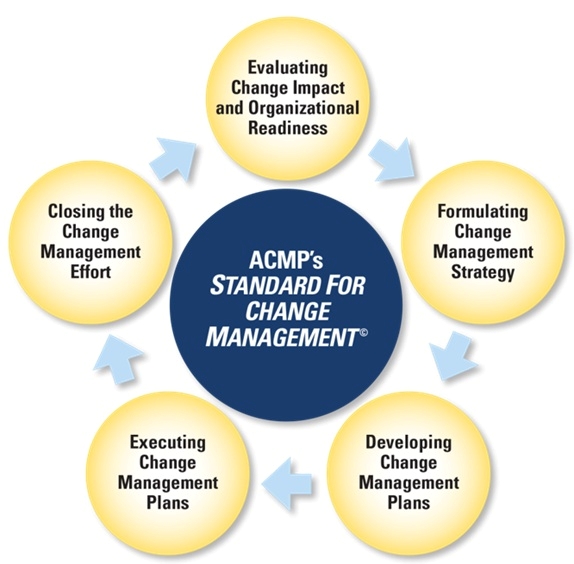
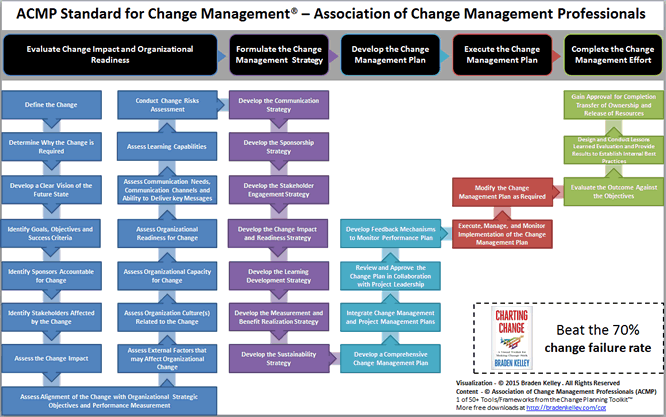




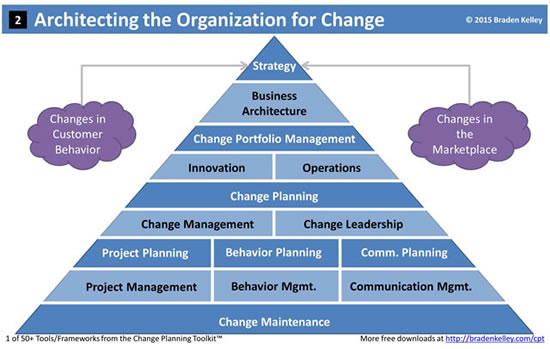
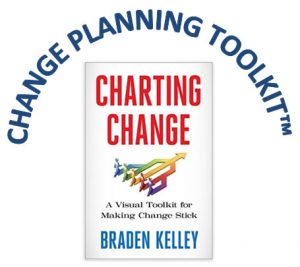
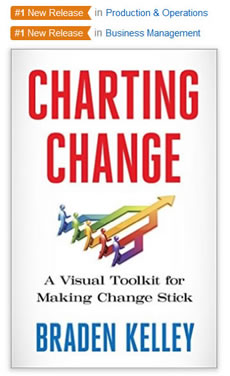

 Tanveer Naseer is an award-winning and internationally-acclaimed leadership writer and keynote speaker. He is also the Principal and Founder of Tanveer Naseer Leadership, a leadership coaching firm that works with executives and managers to help them develop practical leadership and team-building competencies to guide organizational growth and development.
Tanveer Naseer is an award-winning and internationally-acclaimed leadership writer and keynote speaker. He is also the Principal and Founder of Tanveer Naseer Leadership, a leadership coaching firm that works with executives and managers to help them develop practical leadership and team-building competencies to guide organizational growth and development.